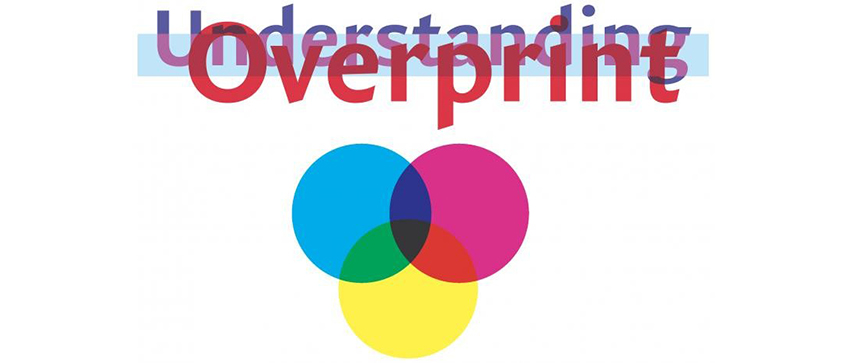Overprint? What’s that?
Overprint? What’s that?
"Understanding Overprint: Its Purpose and Effects on Your Printed Materials"

What is Overprint?
In printing, overprint refers to the technique of printing one color on top of another color. When two or more colors are intended to overlap and create a new color or effect, overprinting is used to achieve the desired result. This technique is commonly used in various printing processes, including offset printing and screen printing.
When two colors overprint, the inks are applied simultaneously, resulting in the mixing or blending of the colors. The overprinted colors may combine to create a new color, alter the intensity or tone of the underlying color, or produce a specific visual effect.
Overprinting can be used for a variety of purposes, such as creating shadow effects, simulating additional colors, producing gradients or halftones, or adding texture to a print design. It is also commonly used when printing spot colors, where one color is printed on top of a background color.

It's important to note that overprinting requires careful planning and coordination, as the order of the colors and the transparency or opacity of the inks can significantly impact the final printed result. Design software and professional printing processes offer specific settings and options for controlling overprint effects to ensure accurate and desired outcomes.
Applications of Overprint:
Discover the diverse range of applications for overprinting in the printing industry. From creating gradients and shadows to simulating additional colors and adding texture, we'll explore how overprint can elevate your designs and deliver stunning visual results.
Spot Colors and Overprint:
Learn how overprint is commonly used with spot colors, a specific palette of pre-mixed inks used for precise color matching. Understand how spot colors and overprinting interact to produce vibrant and accurate results in various print projects.
Overprint Techniques:
Explore different overprint techniques, including transparent and opaque overprinting, knockout and overprint trapping, and controlling ink density. Gain insights into the technical aspects of overprinting and how to achieve the desired effects.
Designing for Overprint:
Discover practical tips and best practices for designing print files with overprint in mind. Learn how to properly set up your design software, manage color separations, and communicate with print professionals to ensure accurate and consistent overprint results.
Common Mistakes to Avoid:
Avoid potential pitfalls and mistakes that can occur when working with overprint. We'll guide you through common challenges such as color shifts, unintended blending, and issues with registration, helping you achieve the best possible outcome for your print projects.
